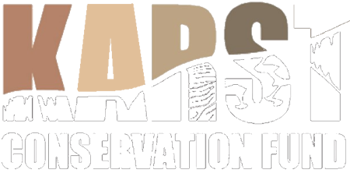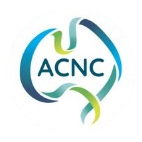
Australia's Caves & Karst
we work to protect
Cave Conservation Australia draws on volunteer cavers, cave divers, and individuals who wish to protect the environmental, geological and anthropological values of the caves and karst of Australia.
What we do
Nullarbor in the News
A recent exploration trip by members of the Australian Speleological Federation, working with academics from the University of Adelaide have made major discoveries on the Nullarbor. Their combined work has proven the Nullarbor is a biological hot spot and that it is in need of protection in its entirety.
The proposed industrialisation of the Western Australian side poses significant environmental destruction of a landscape that holds important internationally recognised values, equal to that of the Great Barrier Reef.
The Kentbruck Wind Farm has been approved by the Victorian Minister for Planning, Sonia Kilkenny. The Ministers decision was released 6 January 2026.
This wind farm will impact the habitats of the critically endangered Southern Bent-wing bat, the Australasian Bittern and Brolgas.
The Kentbruck Wind Farm is still before the federal Department of Environment, Climate Change and Energy.
For media coverage of the complexities of this development, see: ABC: When green energy threatens what it is meant to save.
Kentbruck Wind Farm Approved

Join us to manage and protect our precious caves and karst on both public and private land.
Ghost Bat Photo : Bruce Thomson
Our partners
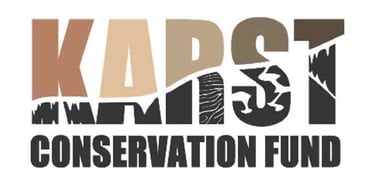


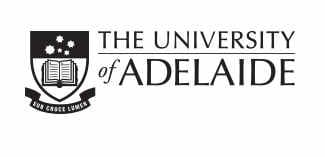

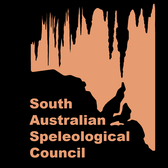
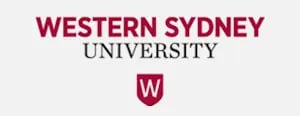





Project: Ghost Bat Genetics
Project: White Nose Syndrome
Project: Cave Animal of the Year
Director: Karst Conservation Fund
Project: Post-Bushfire Impacts on caves on Kangaroo Island.
Project: Cave Crickets
Project: White Nose Syndrome


















